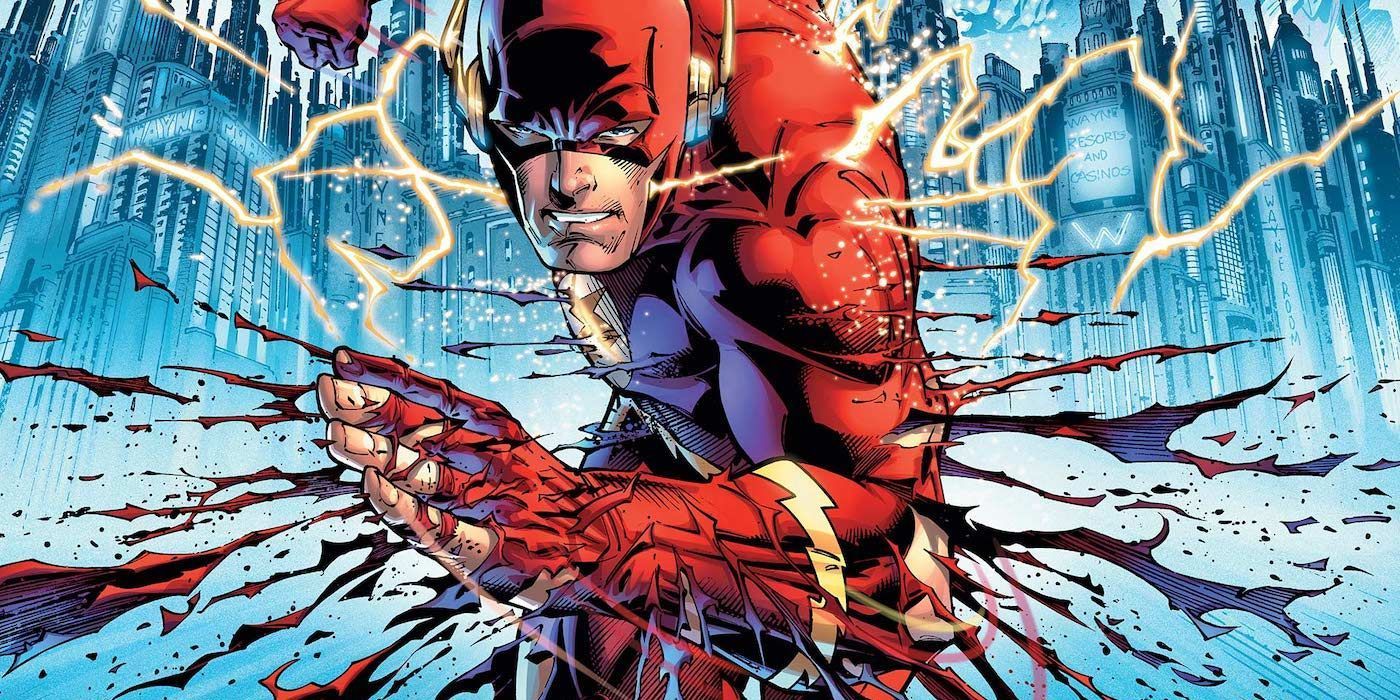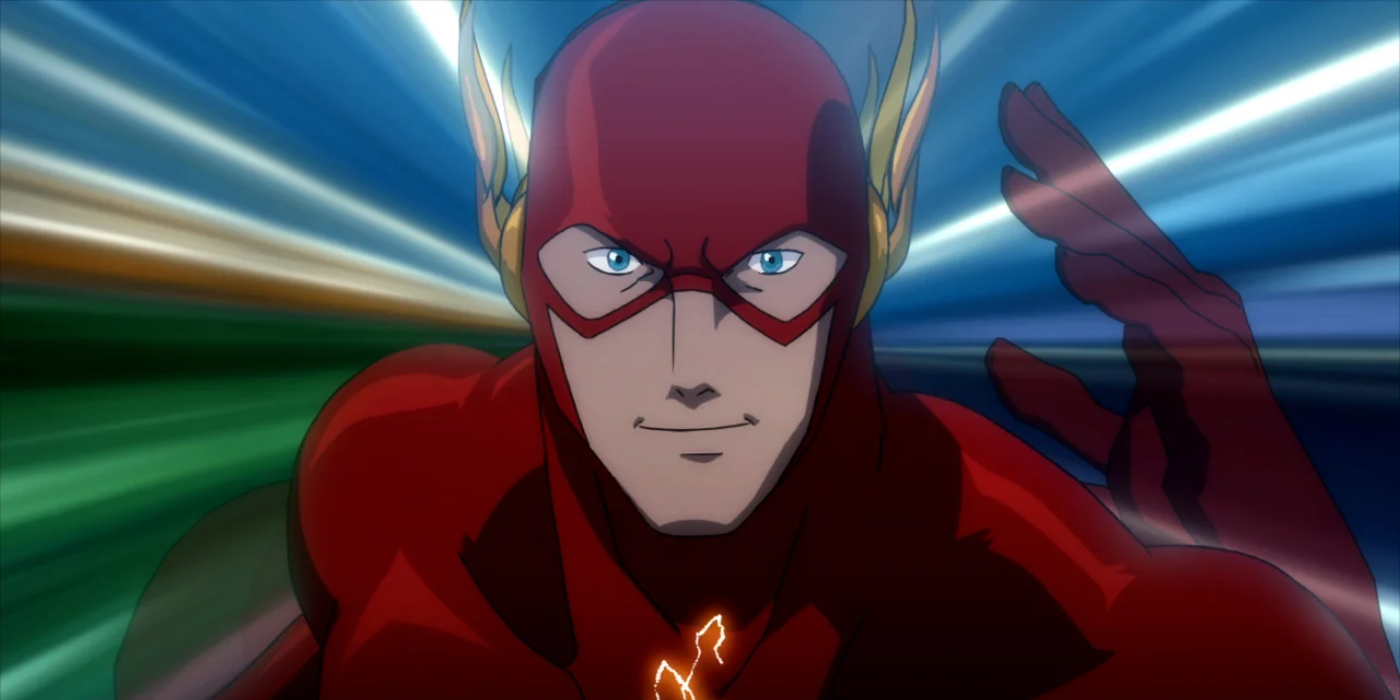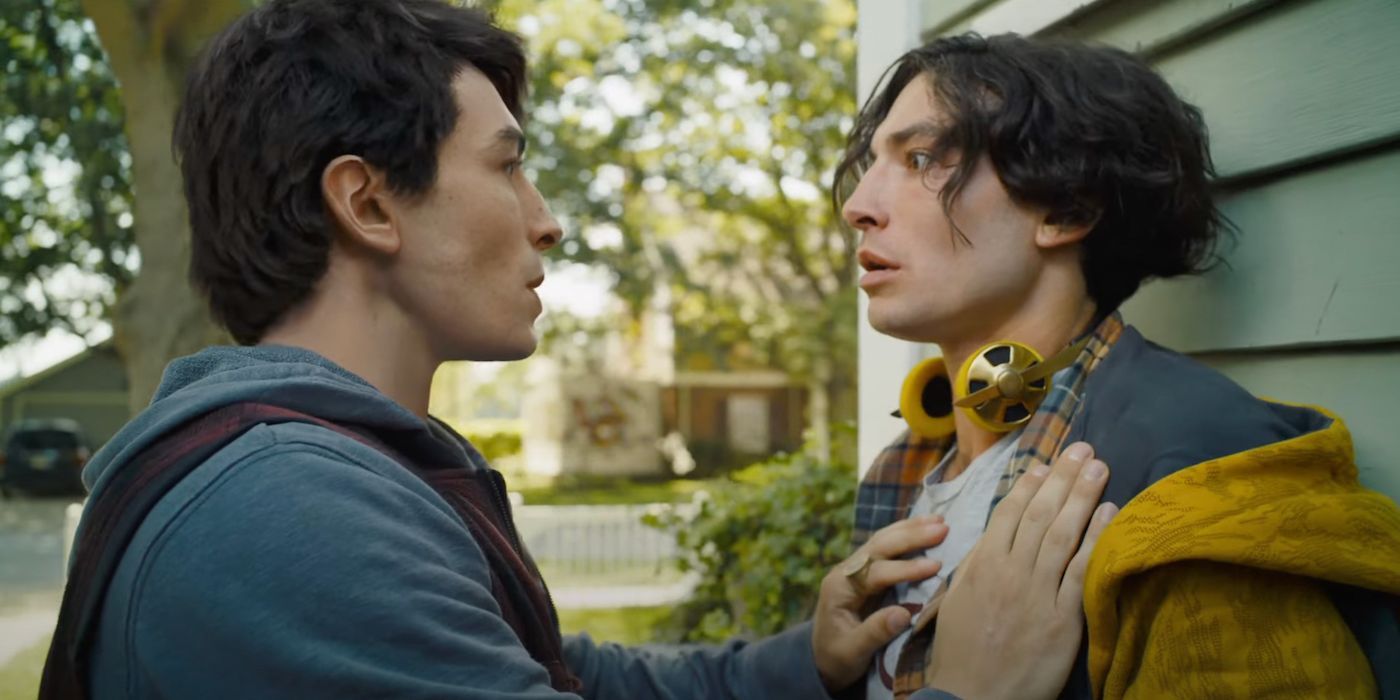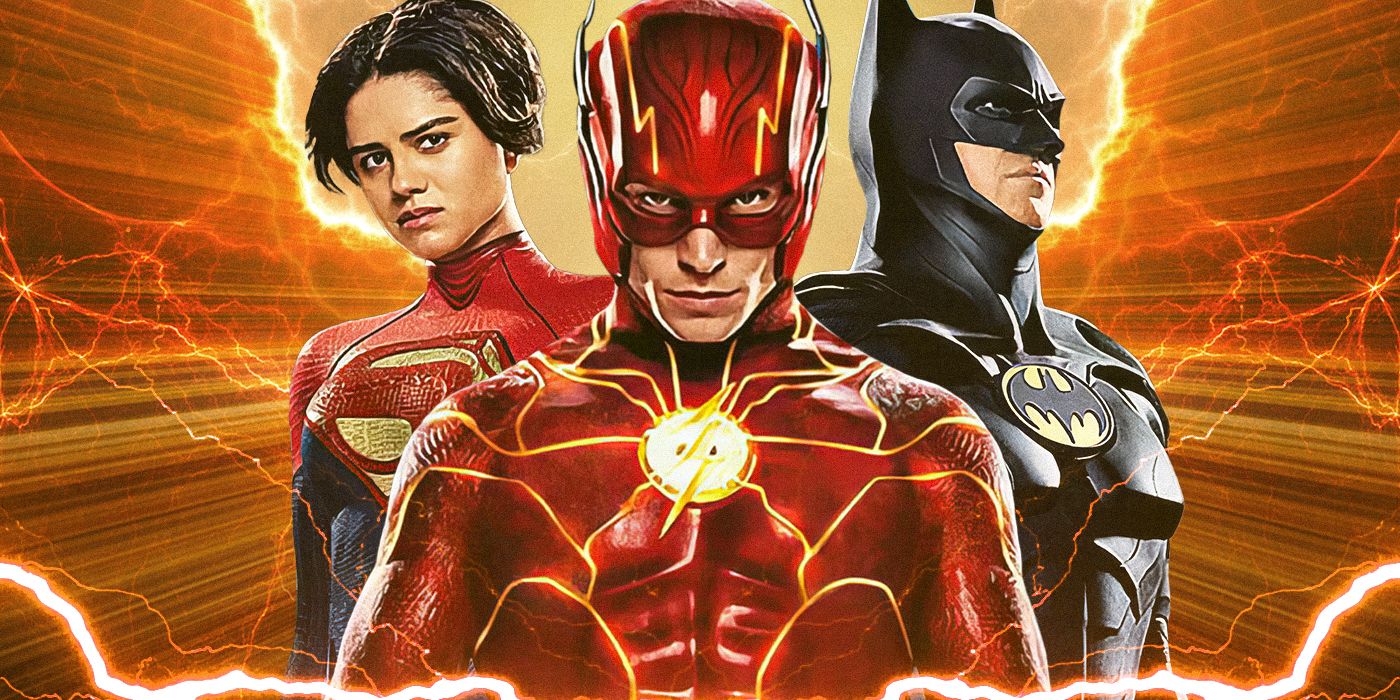If you had the power to change the course of time, what would the world look like in its wake? That’s the initial idea that centers around Flashpoint, the 2011 DC crossover that is partially adapted in The Flash film. Despite the event series occurring a little over a decade ago, its impact is still remembered today for its wild reimagining of the DC pantheon, as well as completely altering the course for the DC Universe through The New 52 relaunch. It’s an impactful storyline that’s about as complex as a Charlie Kelly whiteboard, so now’s a better time than ever to look back at Flashpoint and speculate on what it could mean for the future in the DC Extended Universe.
Same As It Never Was…
When Barry Allen wakes up one morning, he finds himself in a world that isn’t his own. Where Cyborg is now the hero of the world instead of Superman (who is nowhere to be found), his mother Nora is still alive, and a war between the Amazonians and the Atlanteans has left Europe in shambles. He also realizes that he can’t tap into the Speed Force anymore and that the version of Batman that exists in this world is a gun-toting Thomas Wayne, who survived alongside Martha that night in Crime Alley instead of Bruce. Since he’s the only person who remembers his original timeline, Barry takes it upon himself to get his powers back and find the truth behind Flashpoint before it’s too late.
Part of what makes Flashpoint such a fun read is the interesting revisions made to classic DC characters. You only get a glimpse at some of them (which are then expanded on in spinoff tie-ins), but they result in a fascinating remix that makes this off-shoot of the DC universe unique and engrossing. Instead of Superman’s pod crash-landing in a field in Kansas, it lands in the middle of Metropolis, where he’s kept in hiding under government surveillance. Because Bruce Wayne died instead of his parents, it led to a rift between the couple where Martha turns into the Joker from grief. The series is filled with all kinds of new takes that should be read from curiosity alone for any DC fan (see: Deathstroke as a bounty-hunting sea captain), and The Flash also gives us some brand-new looks at heroes we’ve seen before, or at the very least a similar version of these revisions through newer characters like Supergirl (Sasha Calle) or returning Kryptonians General Zod (Michael Shannon) and Faora (Antje Traue). And if we somehow get a fight between Wonder Woman (Gal Gadot) and Aquaman (Jason Momoa) in this, or even Joe Manganiello as a pirate, well that’s worth the price of admission alone.
Two of a Kind
Now when it comes to who actually started all of this, it gets a little more complicated. In the comics, it’s revealed that Flashpoint was a result of Barry going back in time to save his mother’s life from her mysterious murder. If you know your Flash lore, you’d know that Nora’s murder is tied to the existence of Barry’s greatest enemy, Eobard Thawne aka the Reverse Flash. The evil scientist from the future is the one behind Barry’s tragic past, as he’s the one who murdered Nora Allen and made it look as if Barry’s father did it instead. The way Thawne sees it, if Barry Allen never lost his mother, he would never become the Flash and as a result, would cause Thawne to never exist. Up until Flashpoint, the relationship between Thawne and Barry was always symbiotic, meaning that one cannot exist without the other. But when Barry mistakenly creates Flashpoint, that relationship gets even more complicated thanks to the power of the Speed Force.
Since Barry stopped Thawne from killing his mother, he pulled the metaphysical power of the Speed Force to do so. Alongside the creation of Flashpoint, Barry’s actions also resulted in Thawne coexisting without Barry’s existence, turning the Reverse-Flash into a living paradox that can kill the Flash without any repercussions to his own future. It’s an interesting backstory and setup for the adversary but is unclear if that’s the route the film is going to take given that there’s no confirmed villain at the time of this writing. We know from shots in the DC Fandom trailer that Ezra Miller is playing another version of the speedster, so it’s possible that this element of the story will factor into that character as the DCEU’s take on Reverse-Flash.
From DCEU to DCMU
Speaking of the DCEU, perhaps the biggest question surrounding Flashpoint after The Flash is regarding what will become of the DCEU going forward. At the end of the comic series, Barry was able to merge with the version of himself that started Flashpoint in the first place. But given that something big always rears its head whenever the Flash does practically anything, this came with all three timelines of the DC universe — the “New Earth” of DC proper, the Vertigo universe in Earth-13, and the WildStorm universe from Earth-50 — to combine and form a brand-new universe, known as the New 52.
Director Andy Muschietti has now introduced fans to the DC multiverse, made clear by the addition of both Ben Affleck and Michael Keaton to reprise their roles as Batman. It’s also possible that all this multiverse talk can lead to a potential Crisis-type movie, something that happens far too often for the DC multiverse. We know in the years following Flashpoint that the one behind the manipulation of the New 52 turned out to be none other than Watchmen’s Doctor Manhattan, which led to the 2019 crossover/quasi-sequel Doomsday Clock.
With The Flash out now, it’s an exciting time to be a DC fan. When it comes to what Flashpoint can do for the future of the franchise, the possibilities are literally endless.




